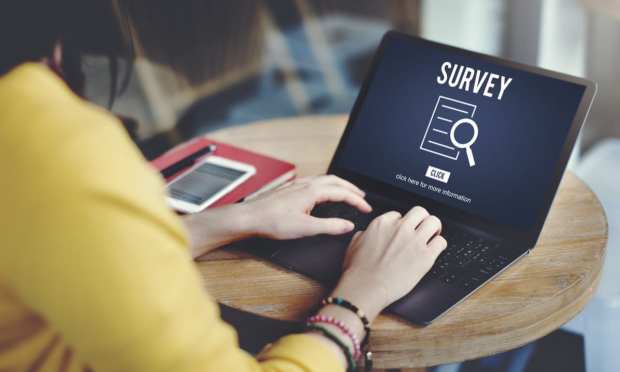Tattle, Paytronix Integrate To Provide Diner Feedback To Restaurants

Tattle and Paytronix have partnered to help restaurants track customer satisfaction and make operational adjustments to improve guest experiences, according to a Tuesday (March 30) announcement emailed to PYMNTS.
“Paytronix has always focused on the guest experience, and in today’s restaurant environment quickly getting feedback to the individual store is more important than ever,” Michelle Tempesta, head of Marketing at Paytronix, said in the announcement. “Partnering with Tattle enables those companies that use both the Paytronix platform and Tattle to get a complete picture of what is happening within their workflow, make operational adjustments they need, and ensure a great guest experience.”
The integration merges the Paytronix platform’s view of client interactions at different touchpoints with Tattle’s capability to monitor client feedback on ordering channels, the announcement stated. Tattle obtains customer feedback that lets the restaurants make positive changes and bolster guest satisfaction by approaching diners with surveys when they order or check in.
Through the collaboration, every customer that makes an order from a participating eatery that harnesses Paytronix will be provided with an automated poll from Tattle, with their unique transaction data such as ordering channel, timing and location of order “pre-installed,” according to the announcement.
“Based on our guest data, delivery and take-out experiences have shown to deliver a 20 percent lower guest satisfaction score compared to its dine-in counterpart, with accuracy and meal packaging incidents occurring at a 4x greater frequency,” Tattle Founder and CEO Alex Beltrani said in the announcement. “Without off-premise measurement, restaurants may miss the opportunity for both operational improvement and guest recovery, both of which are key contributors to ROI.”
The news comes as the first wave of lockdowns in the U.S. put the lives of consumers — and their menus — on reset. Working professionals didn’t have the choice to go out on their lunch breaks anymore, and parents suddenly found themselves needing to cook for their families at a minimum of three times per day.
Ordering takeout or delivery has turned into a central part of many consumers’ lives in the past year, with single consumers, couples and parents all reaching for their phones when they run out of groceries, dinner ideas or the energy required to cook up meals from scratch.
